These criteria make furniture sustainable
Furniture is sustainable when certain ecological, economic, and social aspects are met. We have compiled these for you:
Use of renewable resources: Sustainable furniture uses renewable resources. These include sustainable wood, bamboo, which regrows particularly quickly, cotton, natural felt, hemp, linen, jute, and recyclable materials like PET.
Longevity: For furniture to be sustainable, it should be usable for as long as possible. Not only the material – which should be robust – but also the design plays an important role.If this is timeless, the furniture can be used for a long time without quickly going out of style. In addition to classic solid wood furniture, metal furniture is also particularly sustainable. They are robust and durable and come with a timeless, classic design. This way, they match many interior styles and will last you a long time.
Socially fair production: For a piece of furniture to be considered sustainable, the production conditions must also be right. Companies must fulfill their social responsibility and ensure good working conditions and fair wages. If this is the case, it is usually stated on the manufacturer's website.
Short transport routes: Sustainable furniture and its raw materials are not shipped halfway around the world.Instead, their CO2 footprint is as low as possible. For this, regional materials are used and the furniture is produced in the region.
Free from harmful substances: Sustainable furniture is free from harmful substances. This is particularly important for furniture for the bedroom or children's room. Wood, varnishes, oils and glazes should all be safe for health.

Sustainable furniture: Manufacturer's self-disclosure
Since there is no established definition for sustainable furniture, you can only rely on the self-control and information provided by the manufacturers. So far, manufacturers are not obliged to disclose the origin of their raw materials.If you are not sure whether a piece of furniture has been produced sustainably, you can contact the manufacturer and ask where the materials come from and under what conditions the furniture is made.

Eco-labels support the purchase of sustainable furniture
In addition to the self-disclosure of the manufacturers, you can orient yourself to some eco-labels when buying sustainable furniture:
Blue Angel: This label indicates that the release of pollutants is limited and that the wood largely comes from sustainable forestry.
FSC Seal: The seal of the Forest Stewardship Council, a non-profit and independent organization that promotes responsible forestry, promises that only wood from forests that are environmentally friendly, socially acceptable, and economically managed has been processed.
Eco-Control: This seal guarantees that furniture has been manufactured under high ecological standards and stands for the greatest possible freedom from harmful substances. It is awarded by the European Association of Ecological Furniture Stores, which checks textiles and upholstered furniture.
Eco-Institute Label: This seal is considered a reliable certification mark, as extensive tests regarding emissions and pollutants are carried out.Furniture with this quality mark is of high quality, largely environmentally friendly, and safe for health. The seal refers to the entire life cycle, from the extraction of raw materials, through processing and use, to the disposal or recycling of the furniture piece.
PEFC Seal: The seal of the Programme for the Endorsement of Forest Certification Schemes guarantees that the wood largely comes from sustainably managed forests. However, the award is based on the self-disclosure of the foresters and is therefore critically viewed.

Tips for Sustainability in Furnishing
Sustainability in furnishing naturally does not only refer to the raw materials and production of the furniture pieces.Other factors also ensure that your apartment is furnished sustainably. Here are a few tips for sustainable home furnishing:
- Opt for minimalism: Having only a few well-chosen pieces of furniture saves the environment and resources.
- Choose high-quality furniture: High-quality furniture may be more expensive, but it is often more durable than cheap furniture.
- Let trends be trends: Don't follow every trend and completely renew your furnishings every few years, even though the furniture is still intact.
- From old to new: Buy second-hand furniture and upcycle old furniture.
- Tip for decluttering: Don't just throw away furniture, sell or give it away.
- Focus on recycling: Buy furniture made from recycled materials.
- Organic materials: Choose pillows, blankets, and other textiles made from organic cotton.
- Bamboo instead of wood: Bamboo is one of the fastest growing resources and has a particularly long lifespan, as it hardly loses stability and is not affected by humidity.
- Use sustainable wood: Avoid furniture made from tropical woods.
- The right wallpaper: It is best to use recycling wallpaper that does not require plasticizers and polypropylene and -ethylene.
- Eco-friendly paints: Lime, glue, casein, and silicate paints are particularly eco-friendly. Otherwise, make sure that the paint contains little solvent, then the paint is particularly low in emissions.
Sustainable furniture is made from renewable resources and under fair working conditions. A classic timeless design promises longevity, so you can enjoy your furniture for a long time and the environment is protected.
At Metallbude you will find your sustainable furniture.


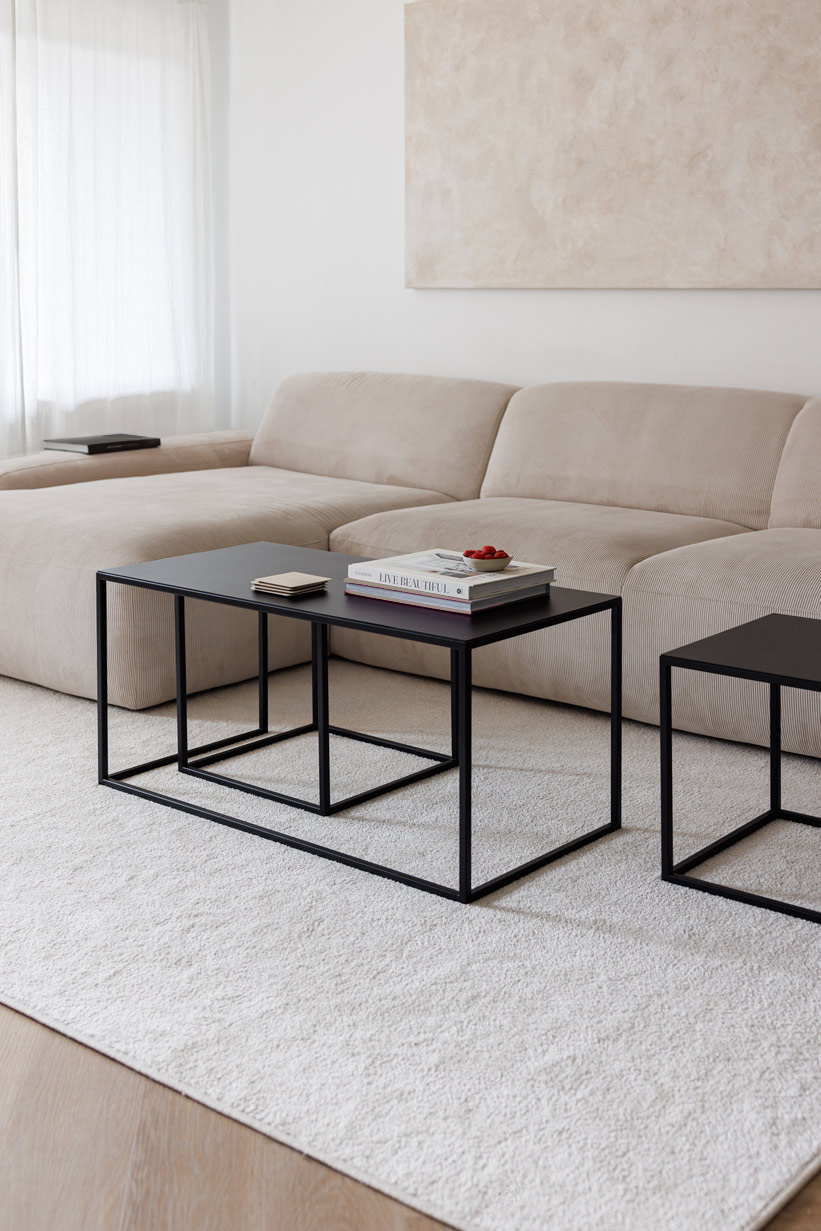
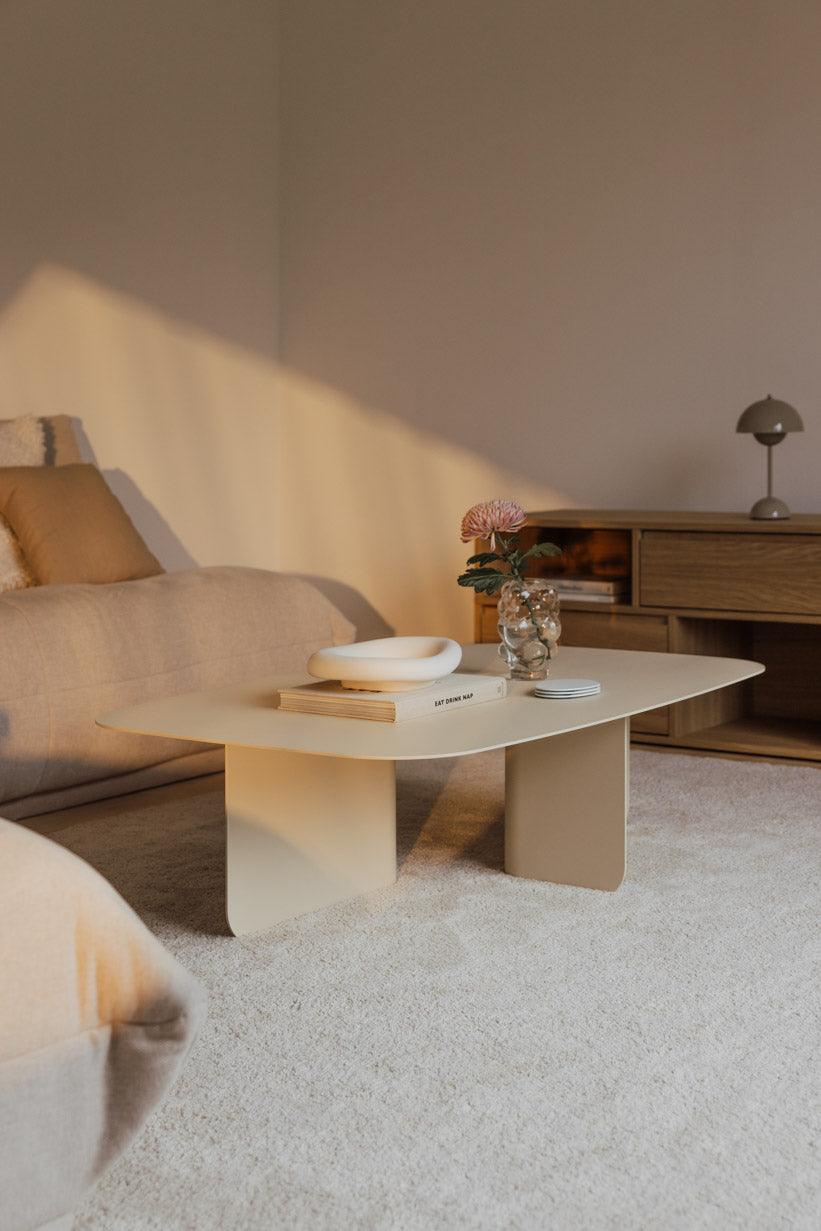


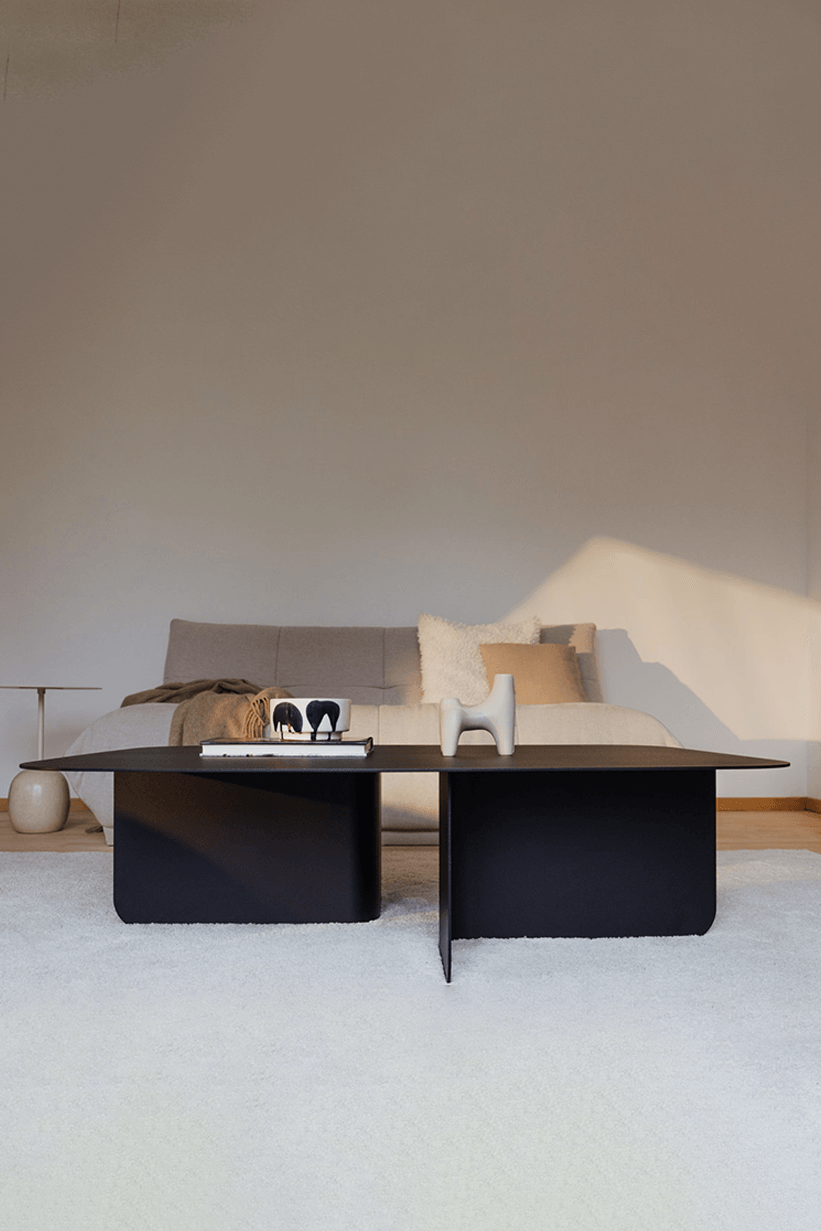
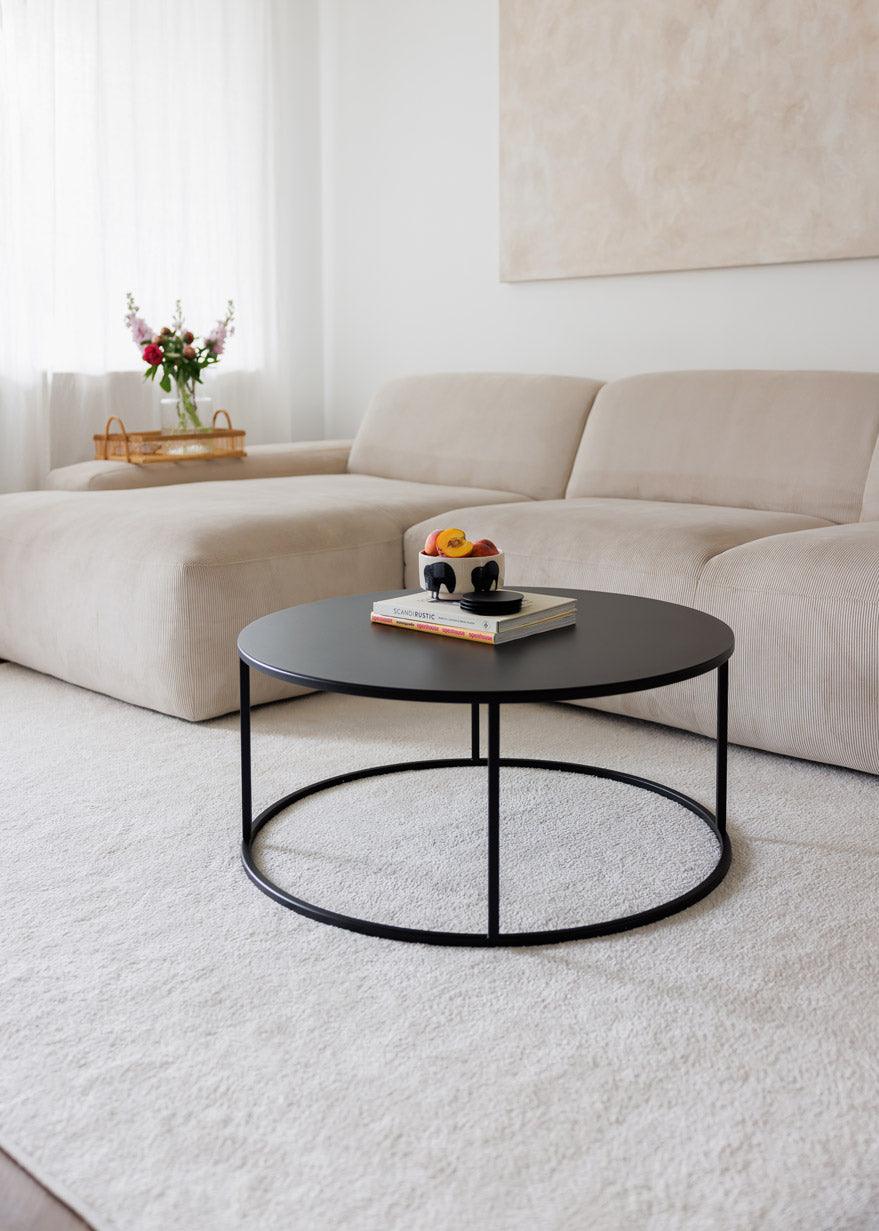
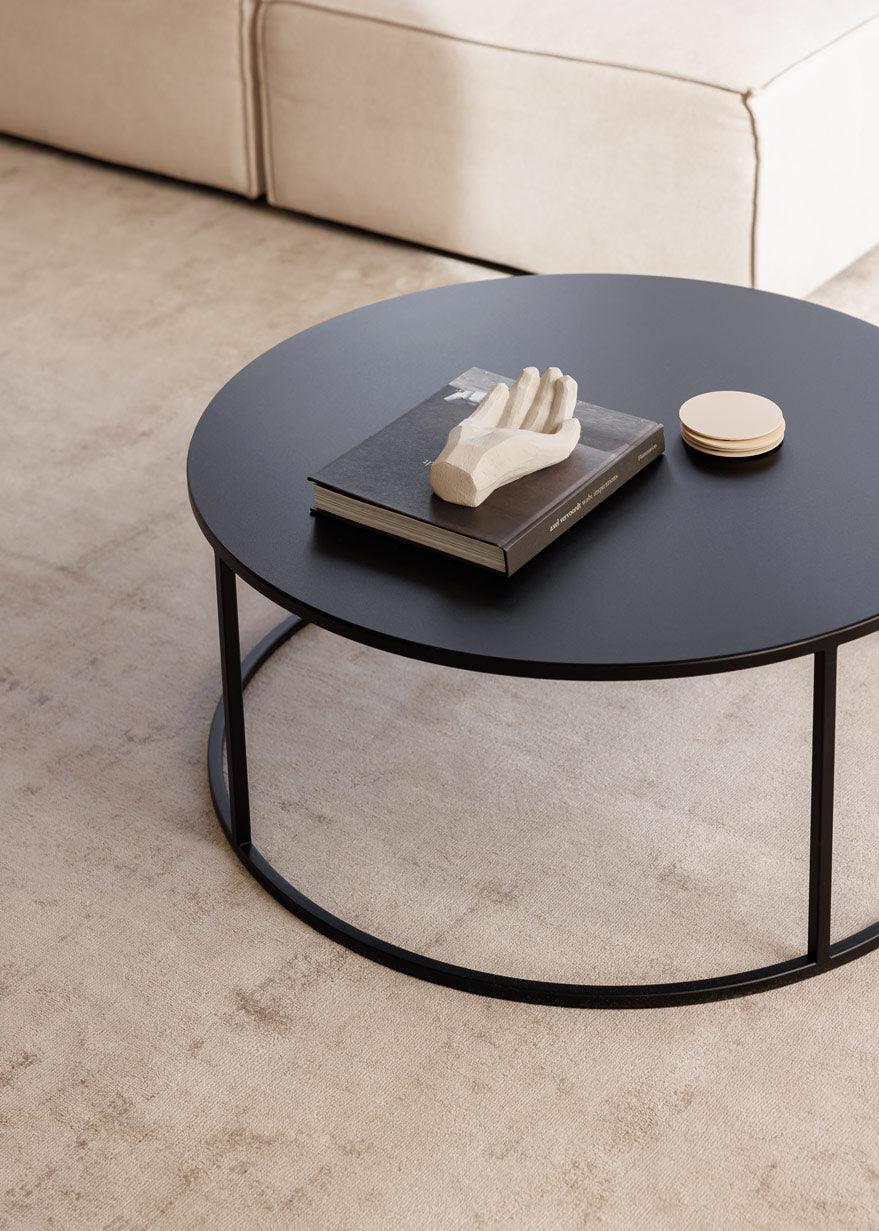
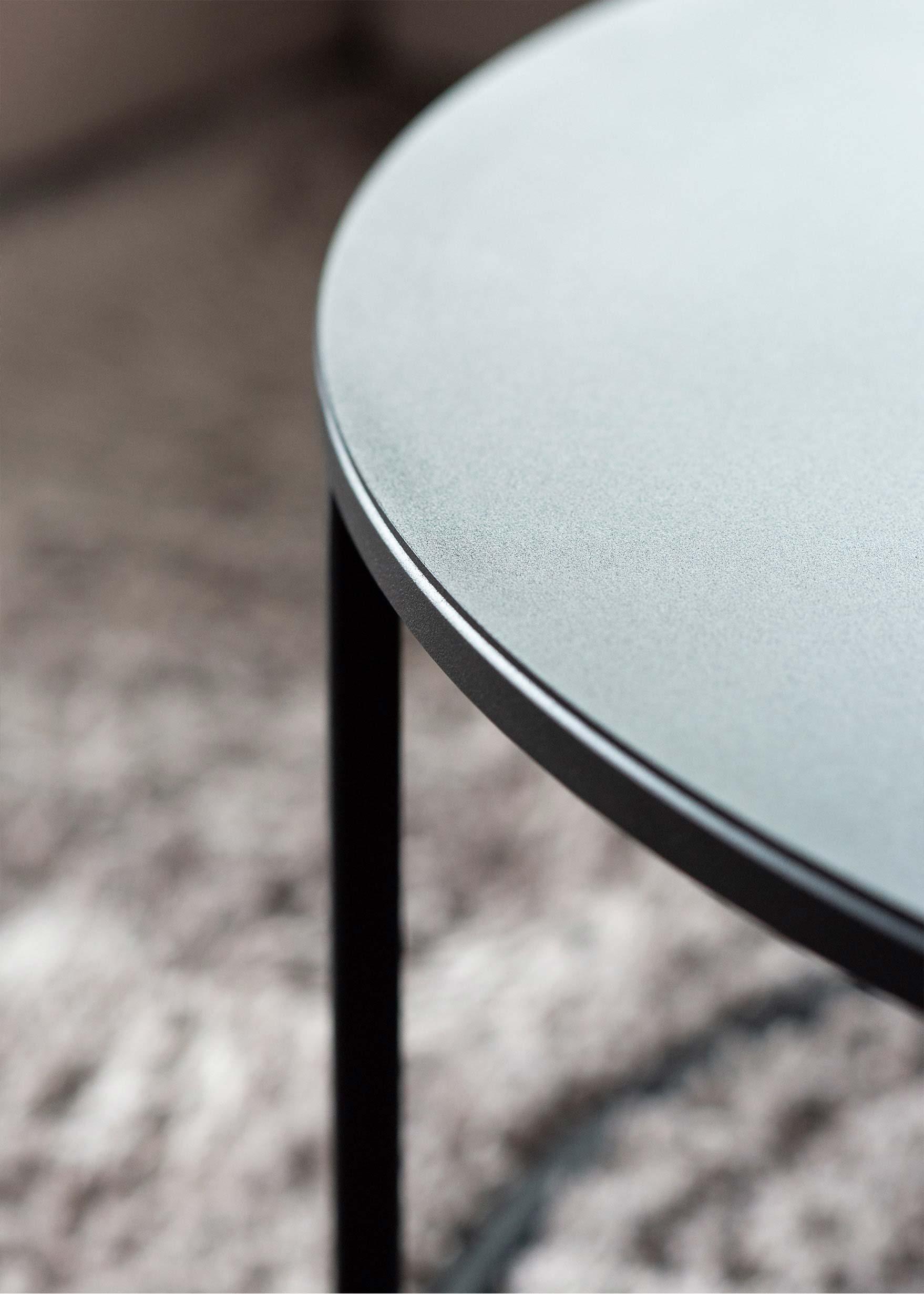
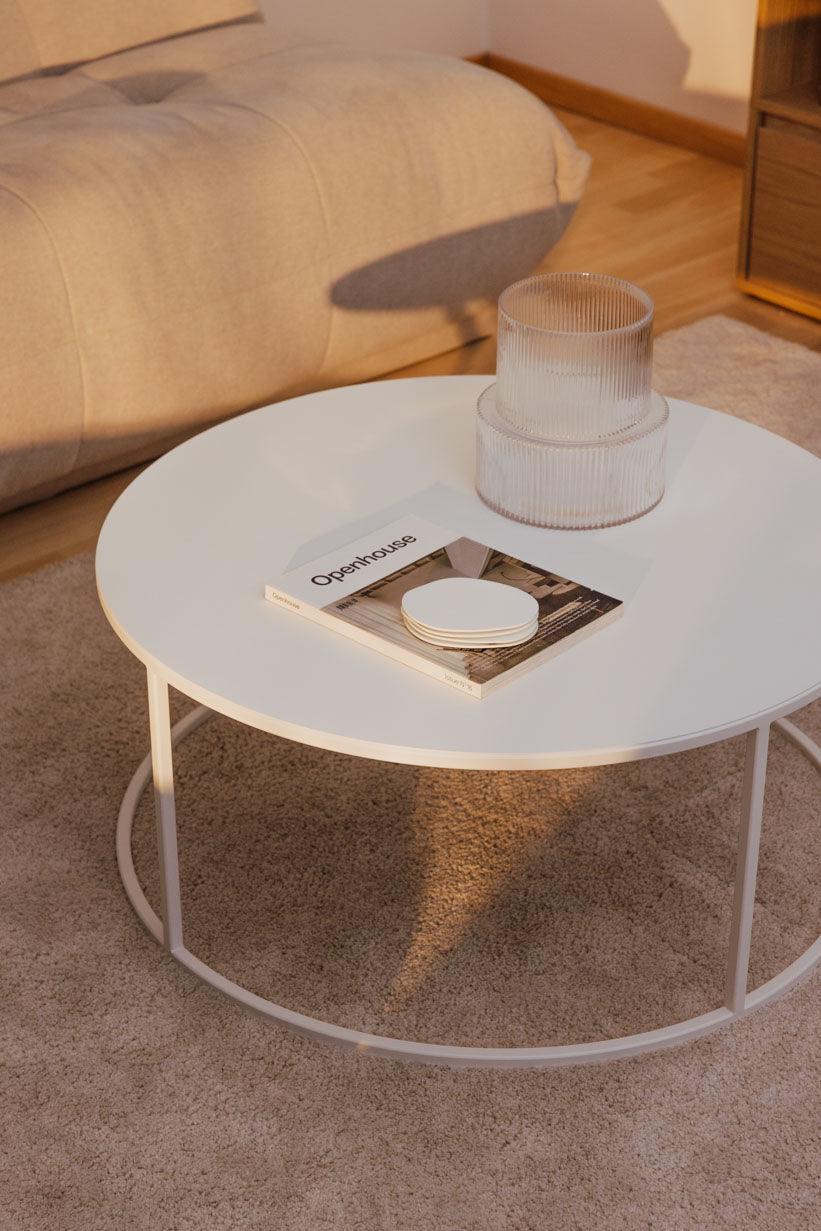


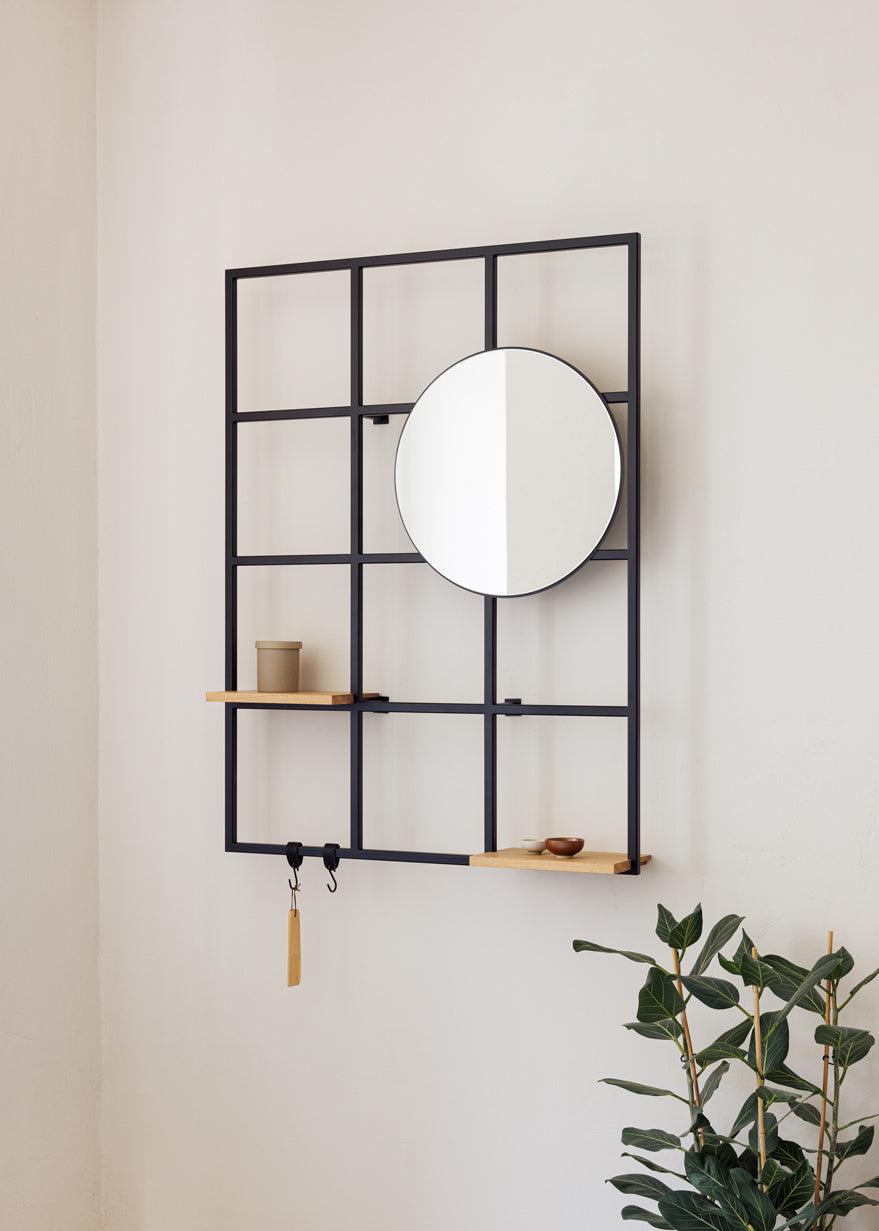

Share:
Furniture Care - How do I properly care for my metal furniture
Cashew Combinations - What goes with beige furniture?